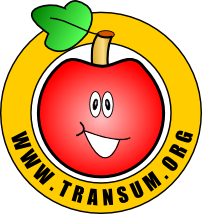

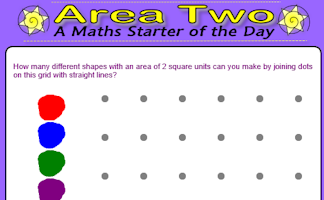
How many different shapes with an area of 2 square units can you make by joining dots on this grid with straight lines?
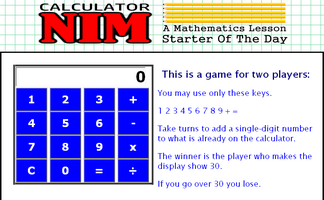
A game in which players take turns to add a single-digit number to what is already in the calculator. The winner is the player who makes the display show 30.
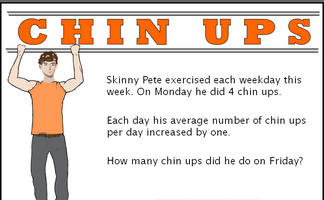
Work out the number of chin ups the characters do on the last day of the week give information about averages.
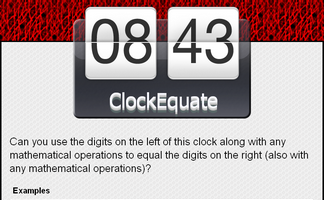
Can you use the digits on the left of this clock along with any mathematical operations to equal the digits on the right?
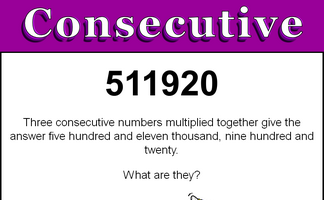
Three consecutive numbers multiplied together give a given product. Pupils are asked to figure out what the numbers are.
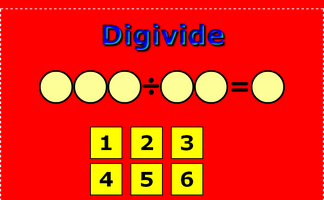
Arrange the digits 1 to 6 to make a three digit number divided by a two digit number giving a one digit answer.
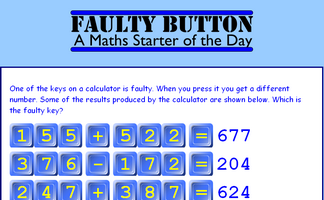
Find out which of the calculator keys is faulty from the given information. A mathematical puzzle requiring good problem solving strategies.
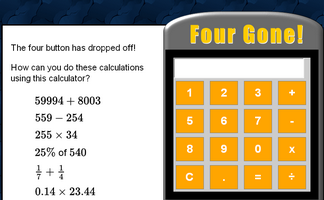
An activity involving a broken calculator which is missing the four button. Can you evaluate the given expressions without using the four?
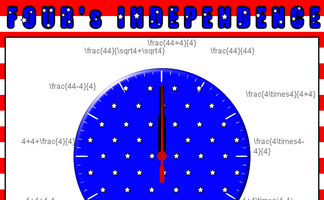
A clock face containing only the number 4. Can you make a clock face containing any other single number?
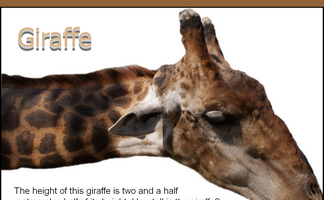
The height of this giraffe is three and a half metres plus half of its height. How tall is the giraffe?
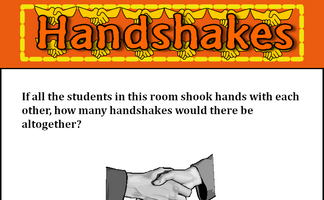
If all the students in this room shook hands with each other, how many handshakes would there be altogether?
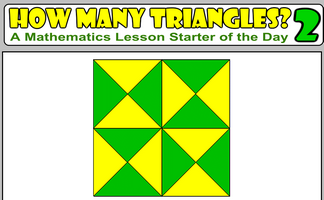
How many triangles are hidden in the pattern? What strategy might you use to count them all to ensure you don't miss any out?
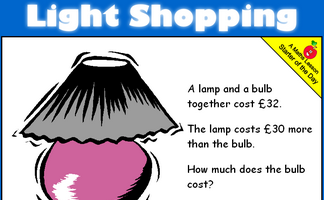
A lamp and a bulb together cost 32 pounds. The lamp costs 30 pounds more than the bulb. How much does the bulb cost?
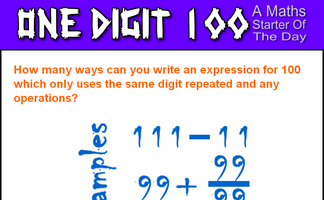
How many ways can you write an expression for 100 which only uses the same digit repeated and any operations?

If six girls can plant 90 trees in a day. How many trees can ten girls plant in a day? The unitary method.
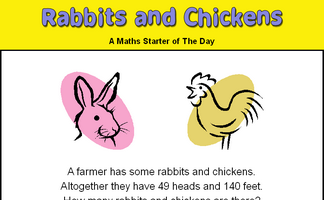
There are some rabbits and chickens in a field. Calculate how many of each given the number of heads and feet.
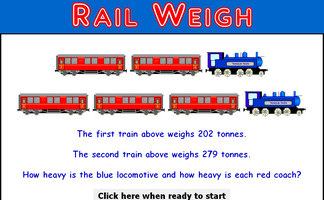
Use the weights of the trains to work out the weight of a locomotive and a coach. A real situation which produces simultaneous equations.
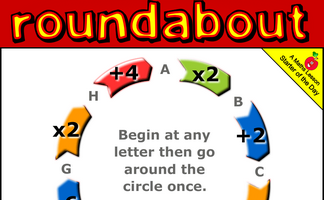
Go around the roundabout performing each of the operations. Which starting point gives the largest answer?

Can you draw 4 straight lines, without taking your pencil off the paper, which pass through all 9 roses?
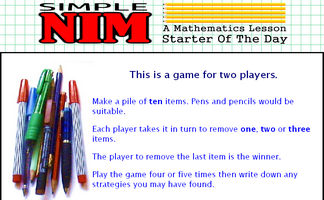
The classic game of Nim played with a group of pens and pencils. The game can be extended to the multi-pile version.
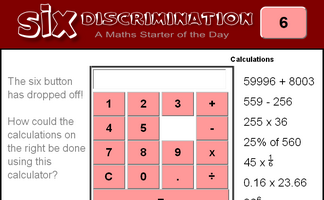
An activity involving a calculator which is missing the six button. Can you evaluate the given expressions without using the six?
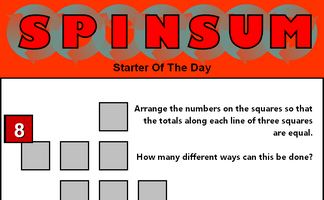
Arrange the numbers on the grid of squares so that the totals along each line of three squares are equal.
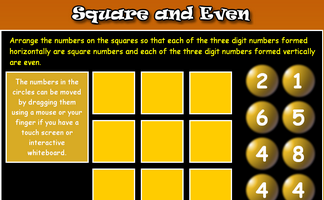
Arrange the numbers on the cards so that each of the three digit numbers formed horizontally are square numbers and each of the three digit numbers formed vertically are even.
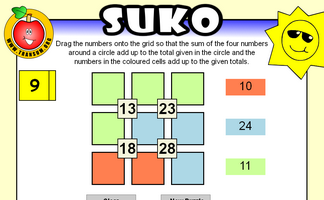
Interactive number-based logic puzzle similar to those featuring in The Times and Telegraph newspapers.
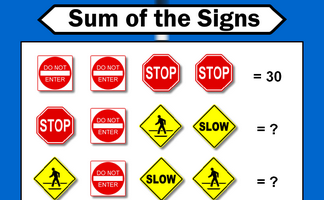
Each traffic sign stands for a number. Some of the sums of rows and columns are shown. What numbers might the signs stand for?
Advanced Problem Solving Starters
Other activities for this topic | | | Complete Index of Starters
The activity you are looking for may have been classified in a different way from the way you were expecting. You can search the whole of Transum Maths by using the box below.
Have today's Starter of the Day as your default homepage. Copy the URL below then select
Tools > Internet Options (Internet Explorer) then paste the URL into the homepage field.
Set as your homepage (if you are using Internet Explorer)
Do you have any comments? It is always useful to receive feedback and helps make this free resource even more useful for those learning Mathematics anywhere in the world. Click here to enter your comments.